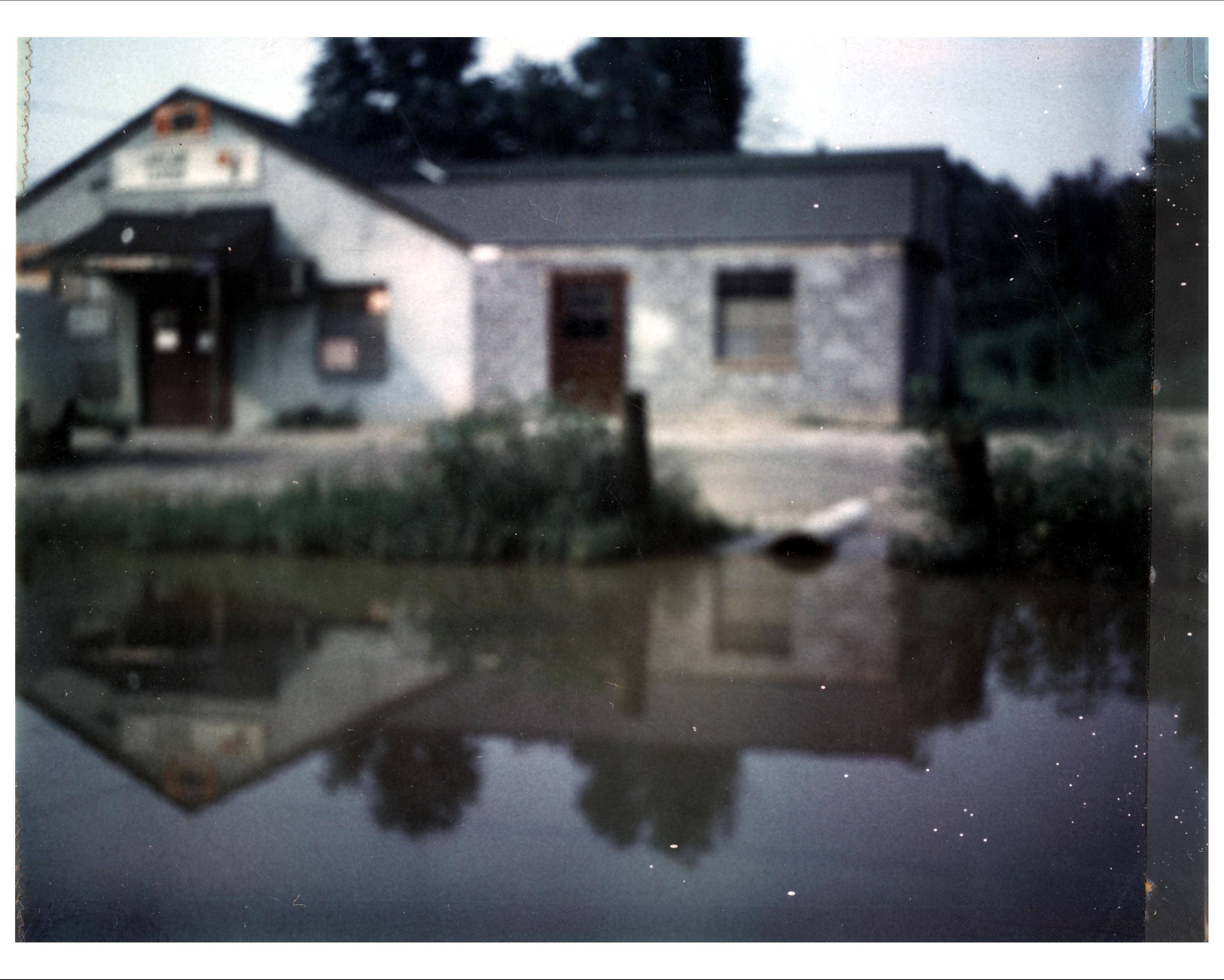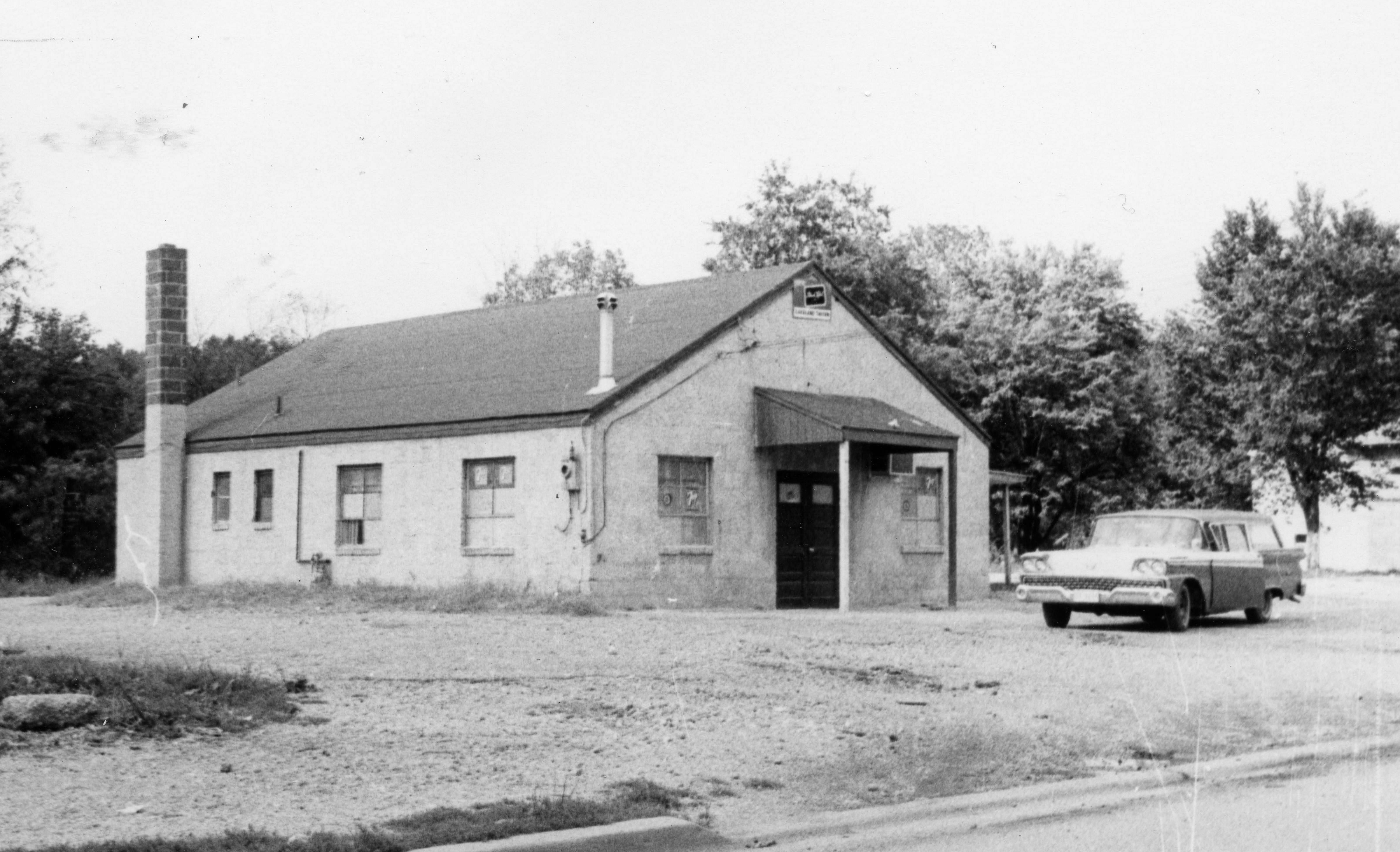
At Lakeland Tavern
William Hill and Earlene Williams

William Hill and Earlene Williams

In the 1940s, Stewart’s Tavern opened in Nellie Stewart’s home on western Navahoe Street. In the 1950s, her son Henry Conway, a brick mason, and some of his friends built a separate structure next door for the establishment. They renamed it Four Brothers Tavern. When the business was sold to Leonard Smith in the mid-1960s, it became known as Lakeland Tavern. The building was razed in the 1970s, not long after this photograph was taken, to make way for Lakeland’s federally funded urban renewal project.

Possibly 4827 Navahoe Street Mary E. Stewart, Samuel R., Earl & Raymond Conway


Washington Post Leon Wynte February 11, 1982 Page B1 Residents of Lakeland describe the community that once was, homes. and childhood memories. They asked for help to stop flooding, pave roads and improve some of homes. What they received was an ease of flooding as well as sidewalks, and a high rise apartment building for senior citizens. Gone though are 104 of the community's 150 households. Federal bureaucracy and inflation are blamed for this outcome. One former resident is grateful for the program as it helped her move to an accessible modern home. Another said he doesn't visit anymore as "Everything's been pushed out" Lakeland is less than a mile in area and divided by railroad tracks. It was once a white community and some burned their homes when leaving. Dispite little support from others a Black community thrived with its own institutions. There was a high school, tavern, Elk's Hall, American Legion post. At the start of the project residents were optimistic. In 1965 the area was surveyed. Four years later a 36 page urban design plan was created. In 1971 the Federal Department of Housing and Urban Development approved $5 million for the project and $1.2 million was to come from the City of College Park. The original plan called for 90 units of low to moderate income housing mixed with 47 single family homes in the western area along with 300 units of housing in the east. Little of this took came about. Work was held up over environmental concerns causing home purchases to not begin until 1973. Jack Callahan, urban renewal director reported the program cost by 1976 had doubled. The City then asked HUD for more money. Ed Finder joined the City staff and brought new life to the program. He was a former reginal director with New York states' Urban Development Corporation. He used his connections to find interest in the project. Five developers made proposals. Lakeland residents endorsed their top three proposals. Leon Weiner was not among that group. Finder endorsed Weiner, a known developer of government backed projects and the city agreed. He proposed high rise apartment buildings. Finder left the project the next year and is now director of economic development in Paterson NJ, Of the project he is quoted as saying "There are people who may be bitter." The Project Area Committee made up of residents pretested plan changes. Mary Braxton said she has a box full of records from the project and hates to think about what took place. It makes her ill. Vernice Buell of HUD said it was rare for residents to return unless a real effort is made to meet their desires for housing. Harry Braxton, Jr called the bulldozer the 'giant eraser'. No recreation facility was included in the plan and the PAC requested the purchase of the Lakeland High School building to fore fill that use. That request was declined. Mrs. Braxton said "What we have looks good, but we don't have much" "We gave up two-thirds to get one-third."

Navahoe Street at Lakeland Tavern after heavy rain. Note the drain pipe which emptied directly into the street
